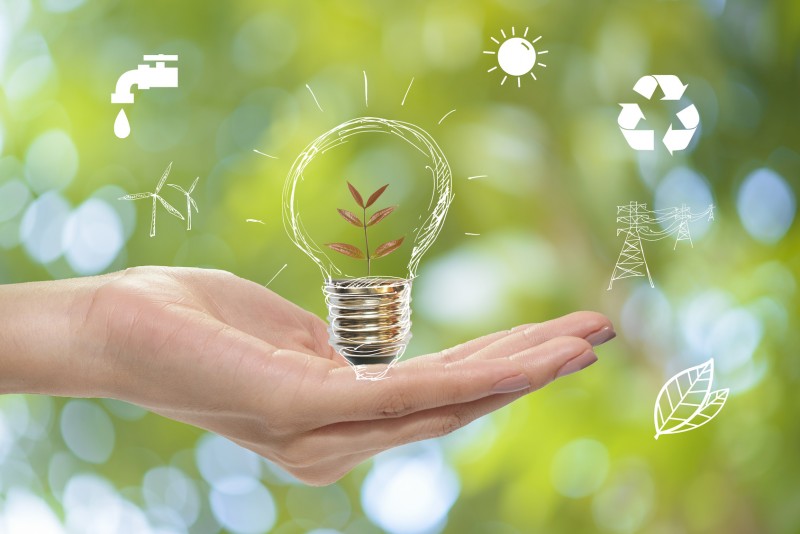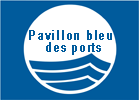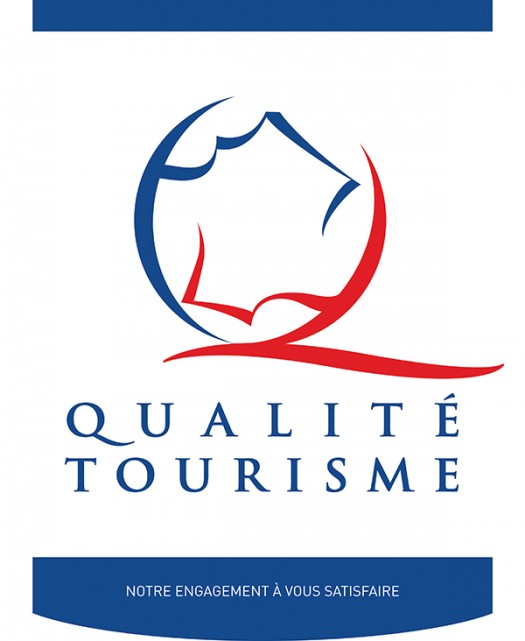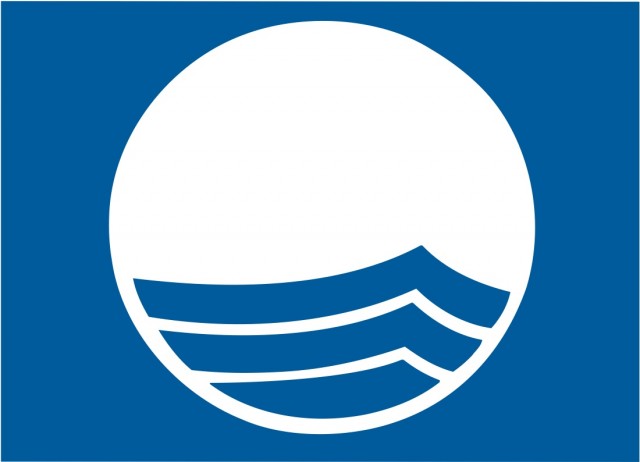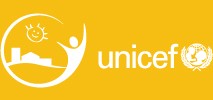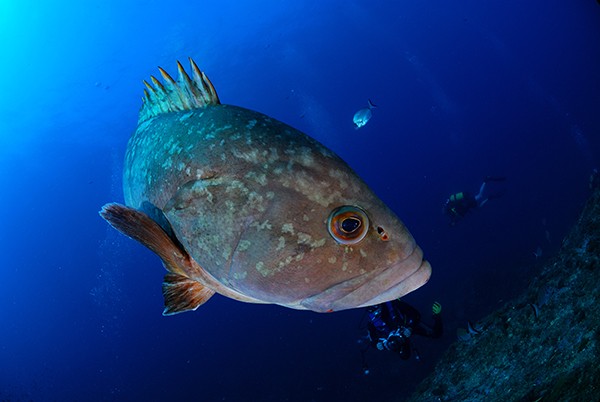
A little history
For more than a century, our Mediterranean coast has been attracting more and more people, but few take the time to discover and respect its many riches.
The Mediterranean Sea represents less than 1% of the surface area of the oceans, but despite its small size, it contains 6% of marine species. 60% of the species come from the Atlantic Ocean and 5% from the Red Sea, the other species are endemic.
The transparency and quality of the bathing waters invite you to travel to a world of colour and tranquillity.
Six Fours and La Seyne are committed to the preservation of ecosystems through Natura 2000, which includes the Lagune du Brusc, the Archipelago of Embiez, Cap Sicié and the rocks of Deux Frères: home to protected marine species.
The Paul Ricard Oceanographic Institute, located on the Ile des Embiez, has been fighting against marine pollution for more than 40 years, is dedicated to research and allows the public to discover the ecology of the Mediterranean through the aquarium. A hundred or so animal and plant species offer a panorama of the Mediterranean's underwater life.
A paradise for scuba diving with numerous natural spots, Six Fours les Plages and La Seyne sur Mer have many surprises in store for you: wreck diving, snorkelling and snorkelling...
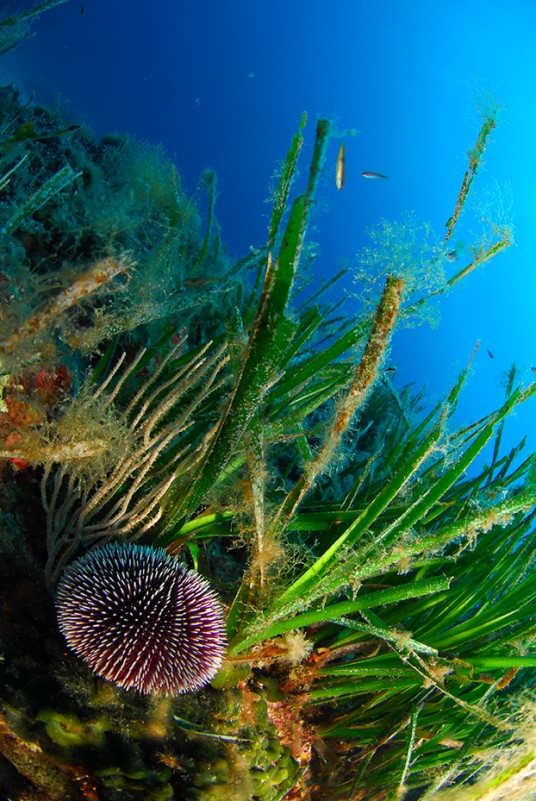
Protected species...
(The capture, removal or sale of these species is totally forbidden and sanctioned)
The flora
The Posidonia meadow is not an alga but a flowering plant, it is an endemic species. It forms vast underwater meadows that are essential to the Mediterranean marine ecosystem. It can grow up to 40 metres deep and protects the coastline from erosion. A source of oxygen, the Posidonia meadows serve as nurseries, shelter and support for numerous animal species, including the Great Mother-of-Pearl (Great Mother-of-Pearl: a large endemic shellfish that can measure up to 1m and lives mainly in the Posidonia meadows).
The dead leaves of the meadows fall and accumulate on the beaches, forming banks of Posidonia. These posidonia banks prevent the erosion of sand by the waves.
The cymodocea is similar to the posidonia but its leaves are narrower.
Fauna
- The great nacre
- The Great Cicada of the Sea
- Sea date
- Giant limpet
- Diademed Sea Urchin
- The Grouper
- Cetaceans
- Loggerhead Turtle
- Monk seal
Respecting nature...
Endangered sea urchins - Sea urchin fishing regulations
On our territory, the collection is authorized from November 1st to April 15th.
Quantities are limited to 4 dozen per person per day on foot. When fishing from a boat, limited to 4 dozen urchins per fisherman per day with a maximum of 10 dozen urchins per vessel per day, beyond two people on board.
The minimum size of the catch is 5 cm in diameter without the spines.
It is forbidden to sell the product of the catch. Professional fishermen must also follow regulations and respect the practice periods.
Fish
Respect the minimum catch sizes, the authorised equipment and the regulated fishing areas (see link below).
The taking of small fish causes the reduction of the resource and the extinction of species.
To find out more about the regulations governing recreational fishing and underwater fishing, consult the website of the Interregional Directorate for the Mediterranean Sea
Seaweed
The sea deposits many remains on the shore. They include: posidonia, algae, shellfish, sea urchins, sponges, wood, etc. These sea leavings are not waste and play an important role in balancing the beaches. They prevent the loss of sand that suffocates ecosystems.
Seaweeds
Blue floating colonies, about 3-4 cm long. They feed on small planktonic organisms. These widespread colonial animals are unable to fight the currents and are therefore washed ashore in large numbers in spring and summer. They pose no danger to humans.
"At sea, avoid noisy and polluting motorised activities. If you are on a boat, make sure that the whole family does not throw anything into the sea. Respect the speed limit and do not drop anchor in the Posidonia meadows.Being an ecotourist is all about you!
It means respecting the holiday site as your "home".
It means being responsible for your own waste, and not leaving it in nature or in a public place.
It also means sorting your waste on holiday.
It means notifying the competent authorities in the event of pollution.
It means consuming natural resources (water, energy, etc.) in moderation.
It means using the most environmentally friendly means of transport (walking, cycling, public transport, etc.).
It means respecting the life (fauna and flora) present in the natural areas around us.Note
A delimited canine bathing area is available on Bonnegrâce beach in Six Fours les Plages on a portion of the beach known as "Brutal Beach". Dogs are allowed access except for 1st and 2nd category dogs. They must be kept on a leash and must not disturb the neighbourhood.
In La Seyne, at the end of the port of Saint-Elme (at the end of the Sablettes beach) and just after the diving club, a canine beach area, or toutou beach, is open to all masters who want to take a dip with their best friend(s).
We would like to remind you that for hygiene reasons, dogs are not allowed on any other beach. Indeed, this is an essential criterion and synonymous with the cleanliness of our beaches, within the framework of the Blue Flag label.
Puppy Clean" bags are available for self-service in the communes.
The Tourist Office and the town's services provide free pocket ashtrays.


